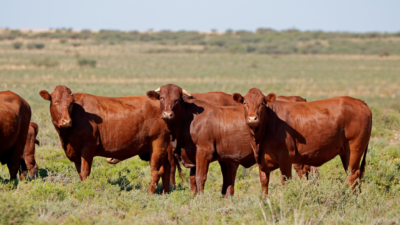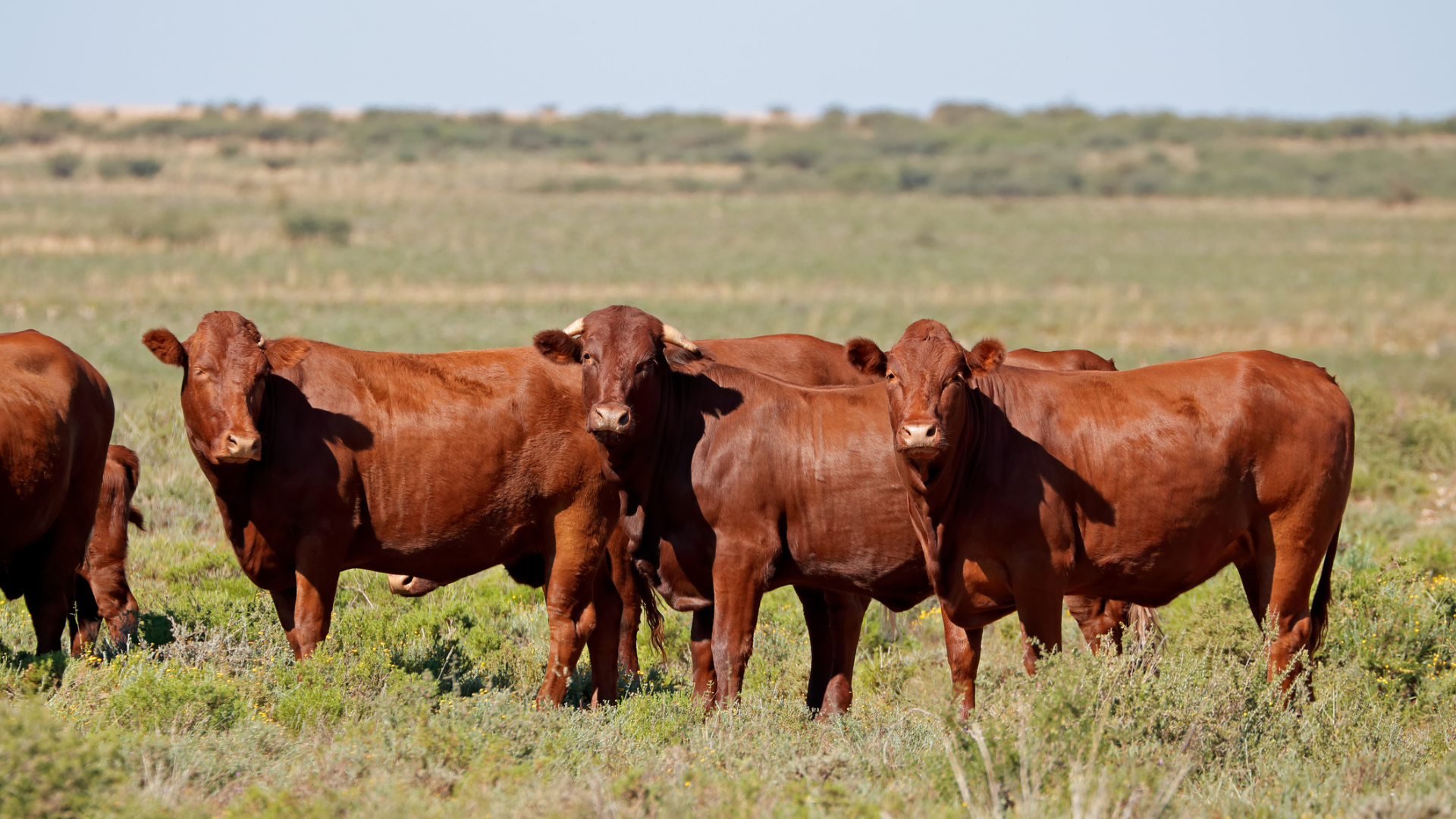Agribusiness and super funds: a new dawn
(Tim McGavin)
by Greg Bright
Australian super funds have had a long, but sparse, history with agricultural investments. It may be, however, that times have changed. Demographics make the new-look agricultural investments currently on offer seem particularly appealing.
The old Prudential Australia, before it was bought by Colonial in 1998, was a pioneer with a Northern Territory beef fund, which, to be honest, was a failure. But John Nolan, of JANA fame, successfully raised money for his fund management arm, Warakirri Asset Management, for investment in grain production across the eastern states from 1996 and then dairy farm amalgamations in Victoria about 10 years later. They fared better. Apart from those, though, successful fund raising for agribusiness from Australian super funds has been thin on the ground.
A recent paper by fund managers Brookvine and Laguna Bay links the ‘triple A’ of opportunity in the sector for institutional investors: Agriculture, Asia and Australia. The theory is that the majority of both income growth and unmet food demand in future years will come from Asia. Australia, with its high level of production and seasonal differentiation in food products compared with Europe, is well place to satisfy that demand.
The paper, written by Laguna Bay’s chief executive, Tim McGavin, and Brookvine principal Steve Hall lists the fundamentals supporting an Australian agribusiness portfolio, which would not surprise most investors. But the authors also make some interesting comments which could influence how investors chose their agribusiness investments.
For instance, the paper says: ” Studies identify management capability as the key distinguishing characteristic of top 10 per cent of producers. Input costs and prices received vary little between elite and average producers, while management decisions and execution contribute to machinery and labour efficiency, timeliness of operation, production and price risk management, and the adoption of innovations.
“Yet, these skills have been largely inaccessible to institutional investors in Australian agriculture. The lesson is three-fold; the need for benchmarking to identify top-tier operators, the importance of the right deal structure, and incentives to be able to partner with the previously ‘unhireable’. This demands strong relationships and broad networks, a deep understanding of the needs of vendors, operators and tenants, and the ability to structure transactions so as to be mutually beneficial to them and to investors.”
At the level of fundamentals, the authors say: “The confluence of the cyclicality of individual assets, variable climatic conditions and investors chasing last year’s seasons and margins creates a powerful advantage for patient, disciplined, value- oriented investors. A lengthy investment period and perpetual capital further ensures they are not to be forced to buy/sell at the worst possible time.
“Portfolio construction should focus on generating a stable, growing income yield, preserving capital and building the potential for long-term capital appreciation. This favours acquiring assets that are significantly undervalued relative to their intrinsic worth. It also demands a thorough analysis of the agricultural cycle to identify timing of entry and exit. At times assets can be out of favour with the market so investors will benefit from a contrarian mind-set. They will also benefit if they can act quickly.”
The paper says that investors should favour undervalued assets which: have greater productivity potential than currently valued by the market; have the potential to capitalise productivity gains realised via strategic infrastructure and 
resource investments (such as by the addition of water infrastructure to grazing land); and, 
have the potential to capitalise productivity via a change of use (such as by converting grazing land 
to farming land).










